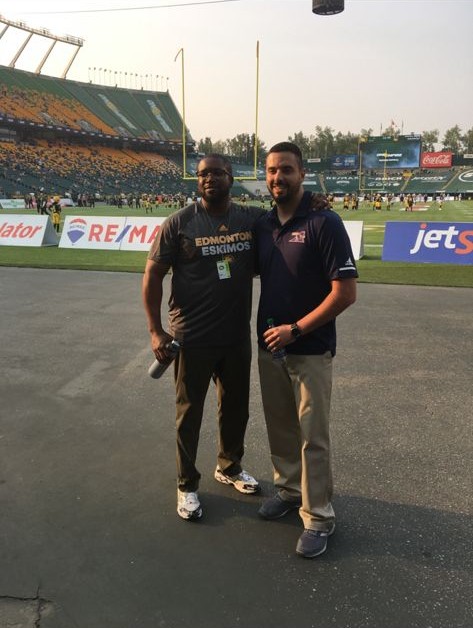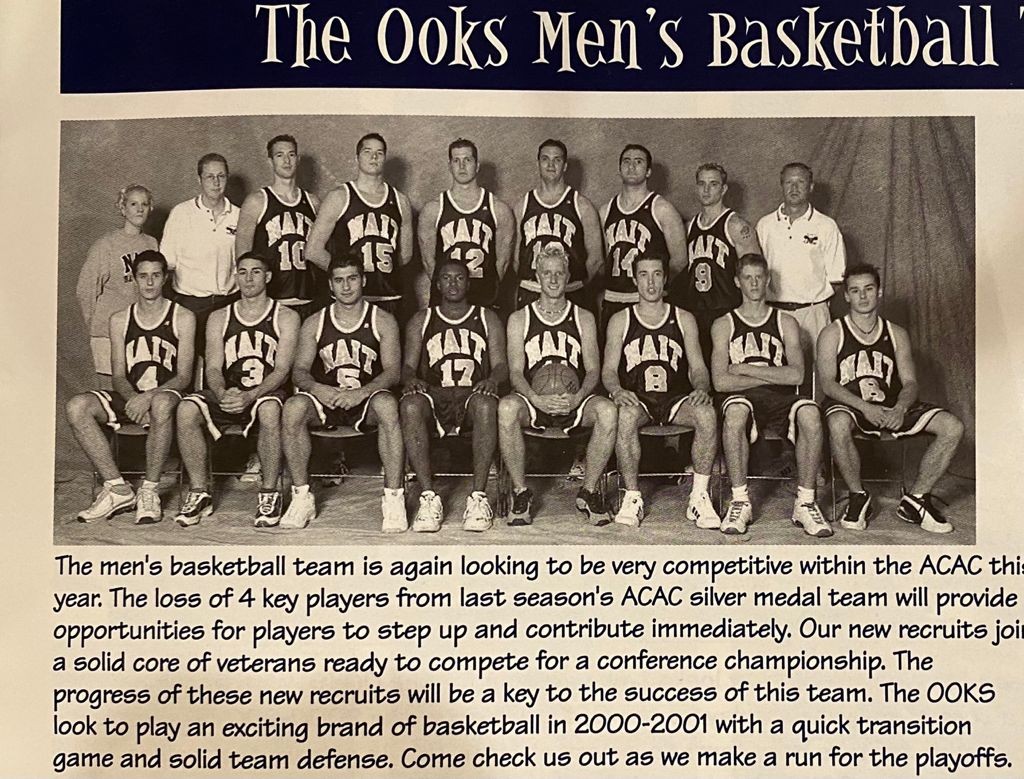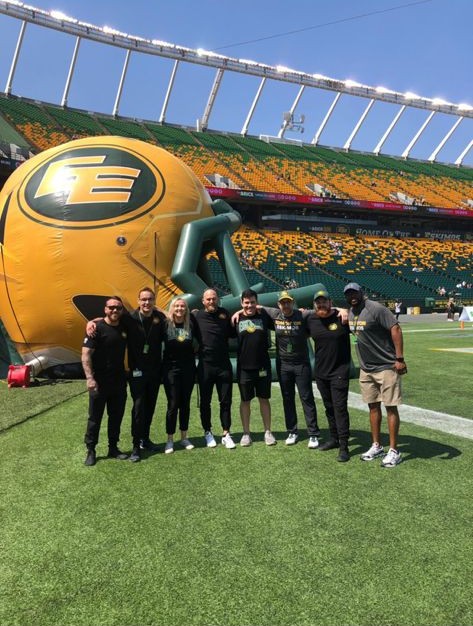
The Canadian Football League (CFL) is back! As you know, most if not all sporting events were cancelled last year due to the global COVID-19 pandemic. Our very own professional football team has had an interesting year, having to endure a cancelled season plus a name change. Yes, the Edmonton Eskimos is now the Edmonton Elks! And after 620 days since their last game, the Elks and the CFL are back! As some of you may know from my previous blog because of my time spent with the Eskimos, it warms my heart to see this league back in action. I’m especially happy for the players, coaches and training staff with whom I have had a wonderful relationship.
Chances are if you have booked a treatment session with me, you know I am an avid sports fan. I played basketball in college, coached high school and club basketball and I worked as a massage therapist with (then) the Edmonton Eskimos.
It is these collective experiences that have taught me about sport specific training, injuries and recovery and the preparation that is necessary to compete at a high level. Athletes have the difficult task of not only training to perform but they also have to recover sufficiently between training sessions. Finding that optimal balance between training and recovery is key to prevent injury, to minimize fatigue and to improve performance.

In 2018 and 2019, I was part of the Human Performance Team with the Edmonton Eskimos. This was a multi-disciplinary team comprised of athletic therapists, massage therapists, fascial stretch therapists, strength and conditioning coaches, and sport psychologists. My primary role was to provide massage therapy for the players during the week while they trained and practiced with the goal of preparing them for game day at the end of the week. What we do not see as spectators, is the hours of preparation these players endure during the week: film sessions, 4-5 practices, 4-5 resistance and stretching training sessions, sometimes 2 times in one day. Being a professional athlete is a full-time job.
What does pre-event, post-event, and recovery massage entail?
The goal of pre-event massage is to assist an athlete in preparing for a competition at an event site. It is in addition to and does not replace the athletes’ warm-up. The pace of the massage should be upbeat and rhythmical, and it lasts no longer than 15 minutes. The emphasis is on warming up superficial tissues, increasing blood flow, moving joints through the proper range of motion, and easing any excess tension in the athlete’s body.

The goal of post-event massage is to assist an athlete in recovering from a workout or competition. Post-event massage is not meant to interfere with the athlete’s cool down routine but is a supplement to his or her routine. After weeks and months of continuous training and workouts, the stress on an athlete’s body can result in overtraining and cumulative fatigue.
Post-event massage between workouts can not only help the athlete’s body recover but also create a psychological lift that may prevent burnout. Post-event massage should be done at a slower pace, last about 30 minutes and should start with light, slow, long gliding stokes that become stronger. The emphasis should be placed on calming down the nervous system and flushing techniques to help the body return to homeostasis.
The intent of recovery massage is to reduce soreness, promote relaxation, restore range of motion, promote lymphatic drainage, and re-establish balance and sense of well-being. A recovery sport massage is usually administered at least 1 to 3 days after an event and is 30-90 minutes in duration.
Does sports massage really work? With so many recovery options available in the market, which is best?
A 2018 systematic review compared massage therapy, cold immersion, compression garments, hot/cold baths, active recovery and electrical stimulation devices (think Dr. Ho) to determine which is more effective to reduce the following: fatigue, chemical markers for inflammation and muscle damage, and delayed onset muscle soreness. Ninety-nine studies were included and which included 1188 participants and 106 experimental groups! Their findings? In the authors’ words:
“Massage seems to be the most effective for both delayed onset muscle soreness and perceived fatigue. Water immersion and compressive garments also have a significant positive impact on these variables but with a less pronounced effect. Furthermore, the most powerful techniques that provide recovery from inflammation are massage and cold exposure such as water immersion and cryotherapy.”
So, we have strong research evidence for the use of massage for recovery. How does this translate to real life experiences? After the 2017 CFL season, The Human Performance Team was created and led by Kyle Thorne. Over the course of the 2018 and 2019 seasons, treatments provided by this Team effectively helped the Edmonton Eskimos save over $1 million in man-hours lost over two seasons. The Human Performance Team became a value-added resource to support player durability and resilience. There was a 50% reduction in injuries in the 2018 season and a further 10% reduction in 2019. This data was provided by Kyle Thorne.
Excelling at sports and in life and achieving sufficient recovery from either work or sporting demands requires intention. Here at Elevation Physiotherapy, we have our own Team who are highly active and who are passionate about wellness and sports performance. If you are struggling with an injury or want to be pro-active to avoid an injury, schedule a physiotherapy assessment and a massage session and we can discuss how sports specific training and sports massage can help you!
References:
- Dupuy O, Douzi W, Theurot D, Bosquet L, Dugué B. An Evidence-Based Approach for Choosing Post-exercise Recovery Techniques to Reduce Markers of Muscle Damage, Soreness, Fatigue, and Inflammation: A Systematic Review With Meta-Analysis. Front Physiol. 2018 Apr 26;9:403. doi: 10.3389/fphys.2018.00403. PMID: 29755363; PMCID: PMC5932411.
- McGillicuddy, M. (2011). Massage for sport performance. Human Kentics. 49,57,119-122.
- Thorne, K. (2020). Edmonton Elks. Previous director of human performance. Retrieved from https://ca.linkedin.com/in/kyle-thorne
Submitted by Ty Henry, RMT
